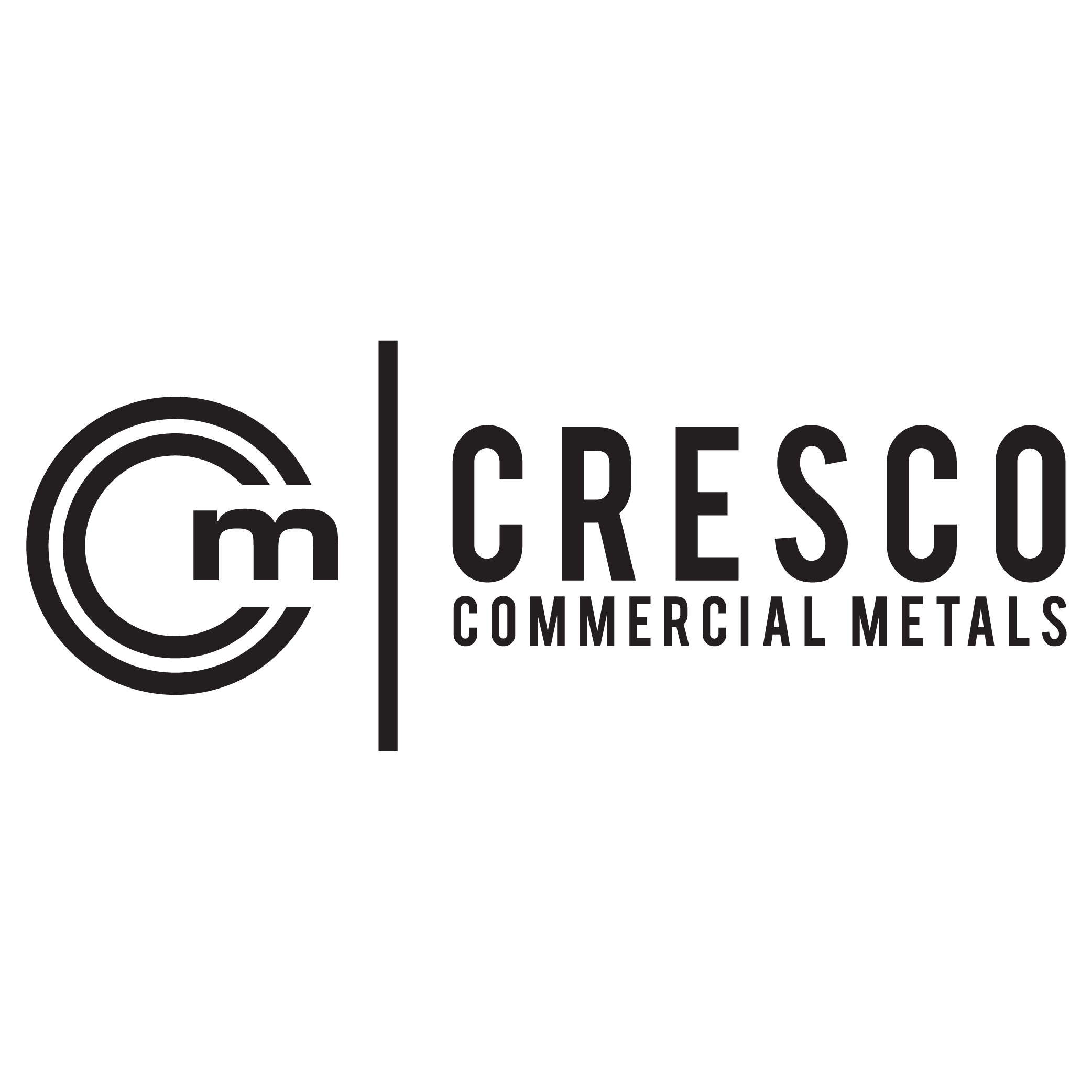The Importance of Quality Control and Assurance in Metal Manufacturing
The metal manufacturing industry and consumers are driven by precision, where quality is not a luxury but a necessity. For providers like Cresco, who exclusively serve custom metal fabrication and commercial sheet metal fabrication, strict quality control and assurance systems are fundamental for customer satisfaction and operational excellence.
While producing parts for industries including medical, defense, commercial sectors, and aerospace, even the tiniest deviation from specification can cause costly failures. Hence, most metal manufacturing companies invest heavily in maintaining rigorous quality and assurance protocols at every step of production.

What is the difference between quality control and quality assurance (QC and QA)?
These two processes are usually functions that interchangeably play some distinct roles:
- Quality control (QC) – refers to the inspection as well as testing used for identification of defects in manufactured products.
- Quality assurance (QA) – encompasses the procedures and systematic activities to assure quality requirements are met before production even begins.
In short, QA is proactive, focused on preventing different issues, while QC is reactive, focused on identifying and fixing problems.
Why quality assurance matters in metal manufacturing
- Precision in custom metal fabrication
Custom metal fabrication needs strict alignment with client specifications, including tolerances as small as ±0.001 inches. QA helps assure that materials, machines, and blueprints are completely aligned before production. At Cresco, QA starts with
- Material certification checks: Assuring that raw materials meet corrosion resistance, composition requirements and strength.
- Design validation: Verifying CAD models against engineering specs to understand potential flaws.
- Machine calibration: Assuring all press brakes, laser cutters and CNC machines function within defined tolerances.
Without this initial QA phase, even minor inconsistencies can lead to a domino effect of expensive rework or scrap.
- Compliance with industry standards
In regulated medical devices or aerospace industries, metal manufacturers should comply with ISO 9001, AS9100 or other related standards. QA systems document each aspect of the manufacturing procedure that includes –
- Process flow diagrams
- Work instructions
- Control plans
- Traceability records
The role of quality control in commercial sheet metal fabrication
- In-process inspection
The process of commercial sheet metal fabrication, includes different challenges as warping, undercutting, or overbending which can elevate larger batch runs. The QC team at Cresco performs inspections at multiple stages:
- First article inspection (FAI): Validates that the first piece produced meets all specific requirements.
- In-process audits: Monitors ongoing work to assure consistent quality throughout the run.
- Final inspection: Confirms all parts meet cosmetic, performance and dimensional standards before shipping.
The technologies used include coordinate measuring machines (CMMs), digital micrometers, visual inspection systems, and laser cutters.
- Surface finish and coating verification
Finishes such as anodizing, galvanizing, and coating are essential to both function and appearance: QC verifies:
- Surface adhesion
- Thickness using dry film gauges
- Color uniformity
- Corrosion resistance through salt spray testing
At Cresco, no sheet metal component leaves the facility without a complete surface audit, particularly if its is destined for high-visibility or architectural commercial application.
- Welding inspection
Welding quality is a major factor in product safety and durability. The certified weld inspectors perform:
- Visual weld inspection for porosity, alignment and cracks
- Destructive testing where applicable
- Non-destructive testing (NDT), such as dye penetrant and ultrasonic testing.
It assures that all welded assemblies meet American welding society or AWS standards, if it is for custom bracket or large structural frame.
Real-world consequences of poor quality
When quality lapses in metal fabrication, the consequences are severe:
- Delayed projects: Missed deadlines due to rejected parts or rework
- Financial loss: Increased scrap rates, added labor costs and wasted materials
- Brand damage: Failing to meet client expectations leads to lost trust and future business.
- Legal liability: In crucial situations, such as medical devices or aircraft component manufacturing, failures can result in recalls or lawsuits
Cresco’s process of implementing industry-leading quality practices
Cresco believes in integrating quality assessment in every production phase instead of securing it as a major checkpoint.
- Digital manufacturing records
All jobs are tracked through digital techniques with real-time updates. Operators can immediately flag issues and quality inspectors can reference past information to identify trends or root defects causes.

- Cross-training staff
All production staff receive training regarding QA standards relevant to their role. Operators are empowered to inspect their own work and take ownership of quality outcomes.
- Supper quality management
Suppliers are vetted through rigid criteria. Material certifications and testing or batch are needed before any materials are introduced into the fabrication procedure.
- Continuous improvement
Cresco uses Six Sigma and Lean manufacturing principles to continuously refine processes, improve product quality and reduce waste. Monthly quality reviews identify opportunities for further optimization.
FAQs
Q1: What tools are used for quality control in metal manufacturing?
A1: Coordinate measuring machines (CMMs), digital calipers, micrometers, non-destructive testing (NDT) apparatus, and statistical process control (SPC) software are examples of standard tools.
Q2: Why is first article inspection (FAI) important in custom metal fabrication?
A2: FAI guarantees that the first component to leave the production line meets every specification. By identifying mistakes early on before full production, it saves time and money.
Q3: How does Cresco ensure the quality of materials used in fabrication?
A3: Cresco conducts inbound inspections for all materials and demands mill test reports (MTRs) to confirm their strength, chemical makeup, and adherence to legal and client specifications.
Q4: Is ISO certification necessary for metal manufacturing companies?
A4: Although it is not required, ISO 9001 or AS9100 certification is a desirable credential in competitive industries since it shows a company’s dedication to standardized, high-quality operations.


